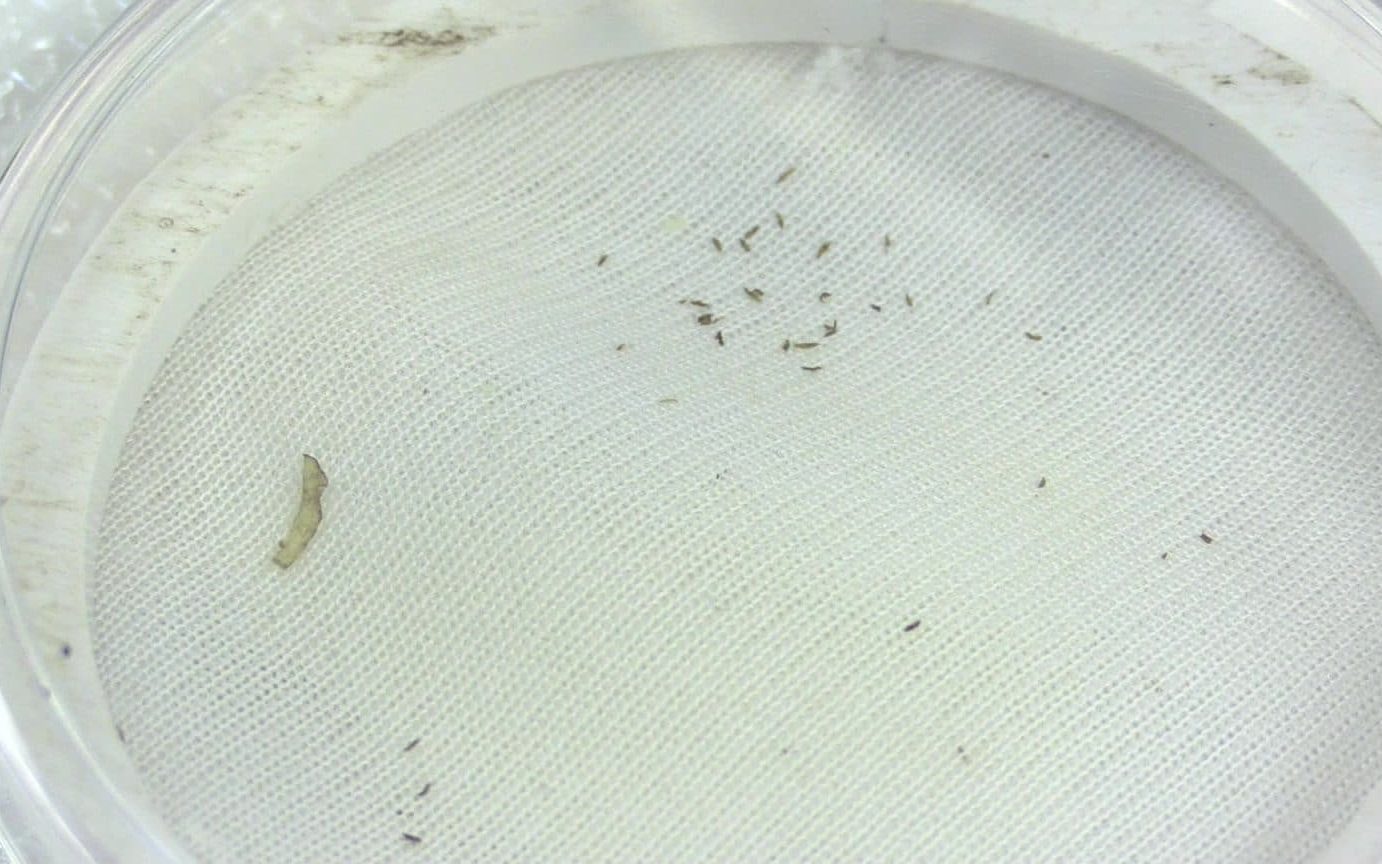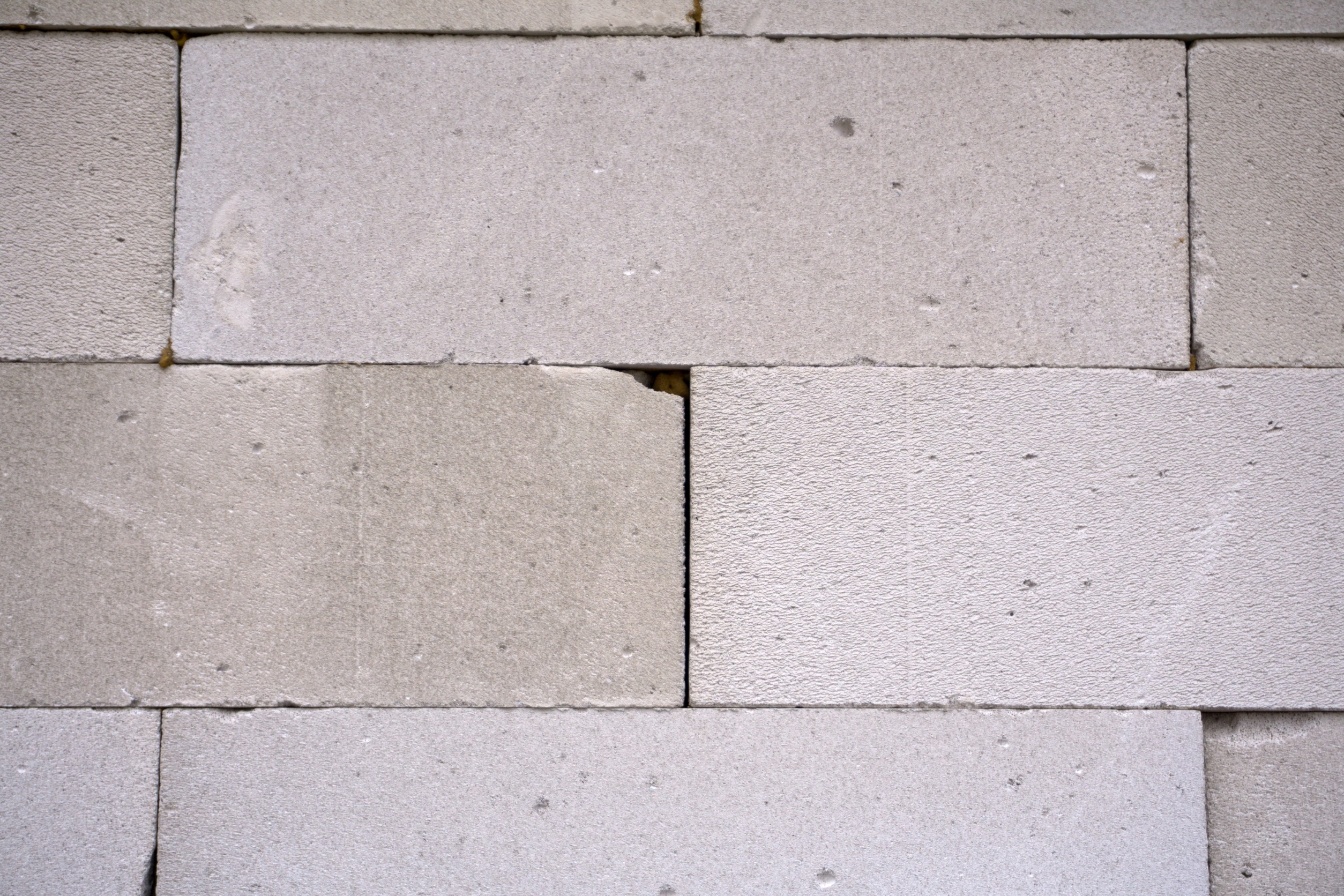Farmers who don’t use insecticides sometimes opt for mesh fabric instead to protect their crops from annoying pests. To make sure that enough sunlight and water reach the crops, the farmers often use meshes with relatively large holes that smaller insects can slip through to get to crops. Thanks to a new material, however, farmers soon won’t have to make compromises on sunlight and water when choosing meshes with smaller gaps.
Plant Armor protects crops from a wider range of insects
The experimental mesh, called “Plant Armor,” was developed by scientists at North Carolina State University, and it consists of three knitted layers. The inside and outside layers are made of transparent plastic yarn. The middle layer is made up of fibers that run perpendicular to those of the other two. The idea is that even if smaller insects get past the surface layer, they eventually get into trouble when reaching the mesh’s maze-like internal structure.
The developers conducted three tests to measure the efficacy of the new crop-cover material. In one lab test, insects took three hours to get past the Plant Armor compared to the 12 minutes they needed to get through a conventional crop-cover material. In another test, the scientists observed that the new mesh was 100 percent effective at keeping caterpillars from cabbage plants.
Finally, when growing both protected and non-protected cabbage on a field, researchers found that the covered plants were on average three times larger after a three-month growth period.
Effective, and reusable and recyclable
What is important to note, since the Plant Armor doesn’t simply rely on small holes to keep smaller insects out, the plants received enough water and sunlight to grow. Plus, the researchers behind the study, published in Agriculture, said that the mesh is not only reusable but can also be made out of recycled materials.
“We found it’s possible to use this new technology to protect against insects we didn’t think we could protect against,” said study author Grayson Cave. “We’ve shown we can use a mechanical barrier that will protect against tobacco thrips and possibly other insects, allowing the plant to grow and thrive underneath.”
Source Study: Agriculture — Novel 3-D Spacer Textiles to Protect Crops from Insect Infestation and That Enhance Plant Growth












